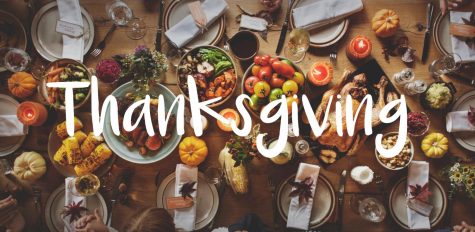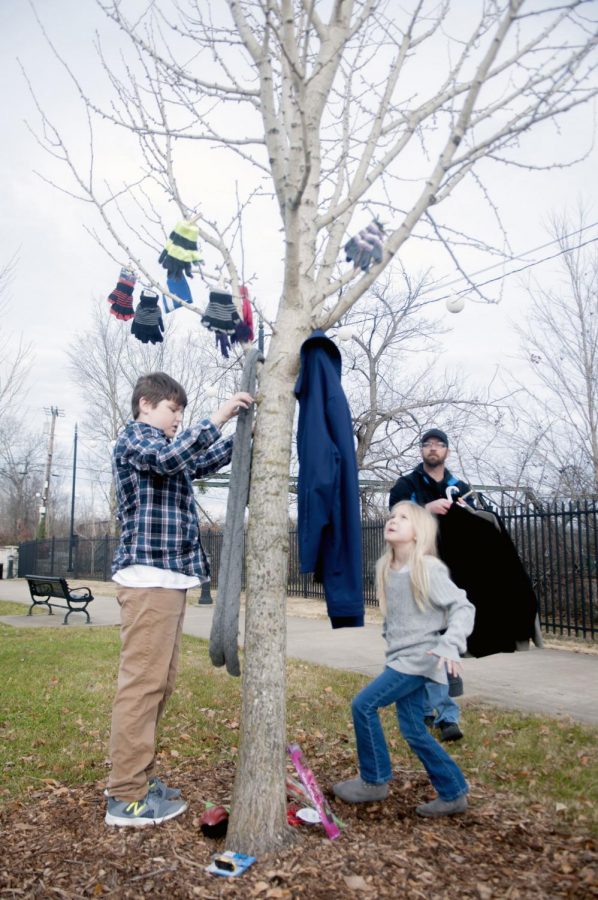THANKSGIVING DAY: HISTORY AND TRADITIONS
December 15, 2020

Thanksgiving Day is a national holiday in the United States that occurs every year on the fourth Thursday of November (this year on November 26).
As a foreigner, I thought it would have been interesting to look up some information about this American holiday, going back to the origins of it.
So, let’s go back in time to find out what’s the history behind this festive holiday.
“Interestingly, most of what we do know about the first Thanksgiving comes from the diary of Plymouth, Massachusetts, governor William Bradford. His manuscript, Of Plymouth Plantation, details his voyage to the New World, his efforts to settle in Plymouth, and many important events thereafter, including one particularly fateful dinner that took place in the fall of 1621”, says Rebekah Lowin in her article on countryliving.com .
In September 1620, a boat called the Mayflower left Plymouth, England with a hundred of separatist passengers, looking for a safe place in the New World where to bring their ideas. After 66 days, they made a stop close to the tip of Cape Cod, far from what their original destination was.
When the Mayflower finally crossed Massachusetts Bay, the Pilgrims, as they were called, started building a town at Plymouth.
However, only half of the crew and passengers that left England made it to the next spring, because of many infectious diseases.
In March, the remaining Pilgrims moved closer to the shore, where they came in contact with an Abenaki Native American who, a few days later, got back with another Native American, Squanto. This man showed the Pilgrims how to cultivate corn, separate sap from maple trees, fish, haunt and evade toxic plants.
He helped them create a relationship with the clan of Wampanoag: this is probably the only proof of amicability between European settlers and Native Americans.
William Bradford tells in his diary that in November 1621, he organized a huge dinner, where Native American were welcomed too, to celebrate the productive season and what they had achieved since they got there.
This is known to be American’s “first Thanksgiving”, the day when you show your gratitude to the people you have around and for what you have.
Pilgrims held their second Thanksgiving celebration in 1623 to mark the end of a long drought that had threatened the year’s harvest and Thanksgiving Day became common practice in other New England settlements as well.
In 1789 George Washington issued the first Thanksgiving proclamation by the national government of the United States; in it, he invited Americans to show their gratitude for the ending of the country’s independence war and the approval of the U.S. Constitution. His successors John Adams and James Madison did the same during their presidencies.
In 1817, New York became the first of several states to officially adopt an annual Thanksgiving holiday, whether the South remained new to the tradition.
Abraham Lincoln, in 1863, finally scheduled Thanksgiving for the final Thursday in November.
But, what about Thanksgiving traditions?
In many American households, Thanksgiving is celebrated cooking and sharing a plentiful meal with family and friends.
Nearly every American family eats turkey – whether roasted, baked or deep-fried – stuffing, mashed potatoes, cranberry sauce and pumpkin pie.
Parades became, through the years, part of the holiday in cities and towns across the United States. It typically includes marching bands, entertainers, and giant balloons shaped like cartoon characters.
Volunteering is also a common Thanksgiving Day activity: people who do it have previously realized how lucky they are not to need help and that’s how they usually show their gratitude.


